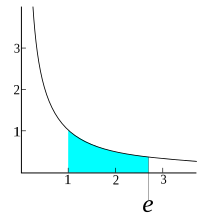
Photo from wikipedia
In clinically approved laser lithotripsy systems, there is no automatic monitoring of fiber position to date. We investigated whether detecting stone autofluorescence, excited by a green aiming beam, is possible… Click to show full abstract
In clinically approved laser lithotripsy systems, there is no automatic monitoring of fiber position to date. We investigated whether detecting stone autofluorescence, excited by a green aiming beam, is possible via the fiber during fragmentation by continuously recording the fluorescence signal in 12 ureterosopic lithotripsy procedures. We estimated which threshold the fluorescence signal's amplitude exceeds before laser pulses with visible stone removal by retrospective inspection of the endoscope's video data. For all procedures, blocking the laser when the fluorescence amplitude is below a threshold corresponding to the signal's baseline plus its range (maximum - minimum value) would have been appropriate to suppress ineffective pulses - the energy input could have been reduced by a mean of 14% (1-29%) without changing the operation time. Ablation of the PTFE coating of the guidewire could have been prevented 3 times and cutting of a wire of the retrieval basket 2 times. This article is protected by copyright. All rights reserved.
Journal Title: Journal of biophotonics
Year Published: 2023
Link to full text (if available)
Share on Social Media: Sign Up to like & get
recommendations!